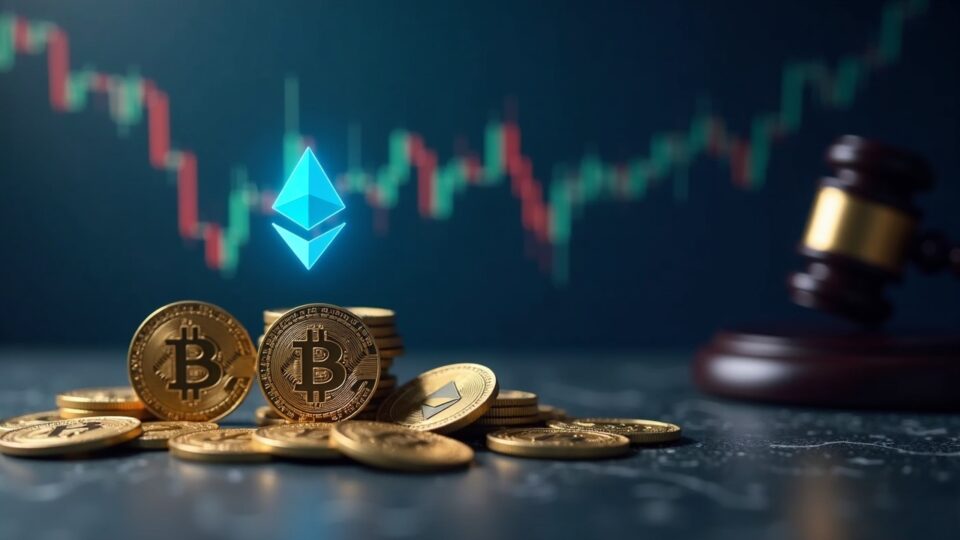The hoped-for “Uptober” of 2025 vanished in sharp price swings, with Bitcoin losing 4 % of its value, Ethereum slipping back, and Solana dropping more than ten percent. The moves hit leveraged traders, institutional funds and derivatives desks through early October. Geopolitical tension, large options expiries and record forced closures reset how much risk the market was willing to bear.
A single presidential tweet on 10 – 11 October 2025 threatened 100 % tariffs on Chinese goods, and traders treated it as a sell signal, moving to cash. On the same days, Bitcoin or Ethereum options worth about $21 billion reached expiry, adding extra selling pressure.
Reports estimated that between $19 billion and $560 billion in leveraged bets were closed out by exchanges as collateral fell too low, shrinking the total value of all crypto coins by roughly $170 billion. The Fear & Greed index dropped to 27, signaling “extreme fear”.
Institutional news kept moving despite the price decline. Hong Kong gave the green light to the first spot Solana ETF, managed by ChinaAMC, set to start trading on 27 October. Fund-raising also continued, with a presale for a project named BlockDAG pulling in more than $410 million.
Market context and impact
Liquidity and leverage risks can turn a mild drop into a steep one within hours, as derivative expiries and borrowed money amplify selling pressure.
Volatility remains high, but entry points appeared: after 20 October Bitcoin climbed back above $111 000 and even touched $123 000, while Ethereum returned to $4 000. The bounce shows that big buyers and hopes for lower interest rates can bring cash back in.
Retail traders face a clear warning: the size of the forced closures shows how fast leverage wipes out accounts that lack strict loss limits. Key markers include the presidential tariff tweet on 10 – 11 October, about $21 billion in options expiries, and ChinaAMC’s spot Solana ETF listing on 27 October.
The next fixed date is 27 October, when the spot Solana ETF starts trading, a debut that will show whether institutions are ready to buy back in after the harsh Uptober setback.

